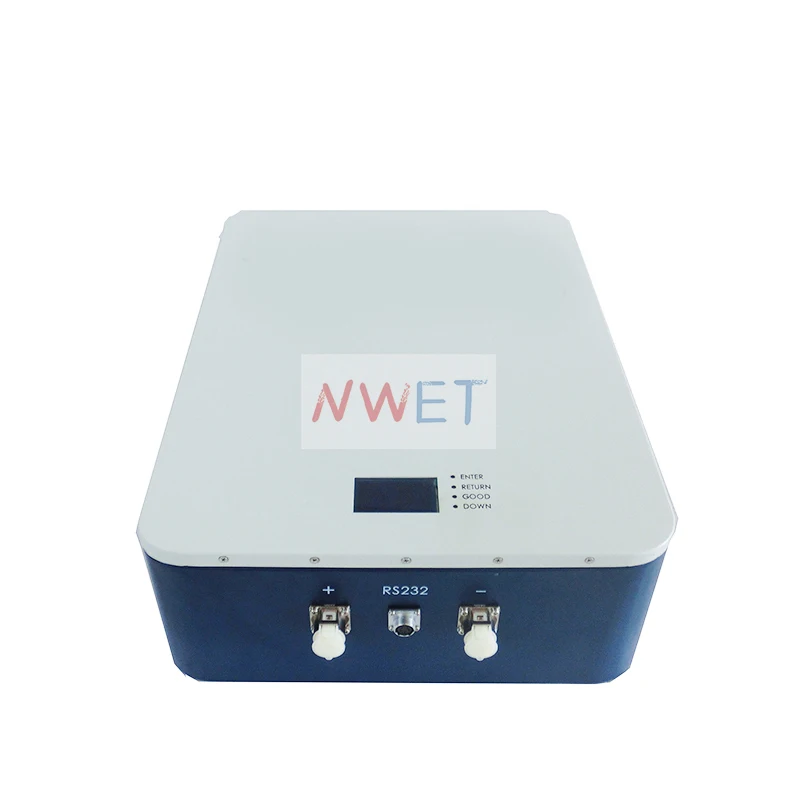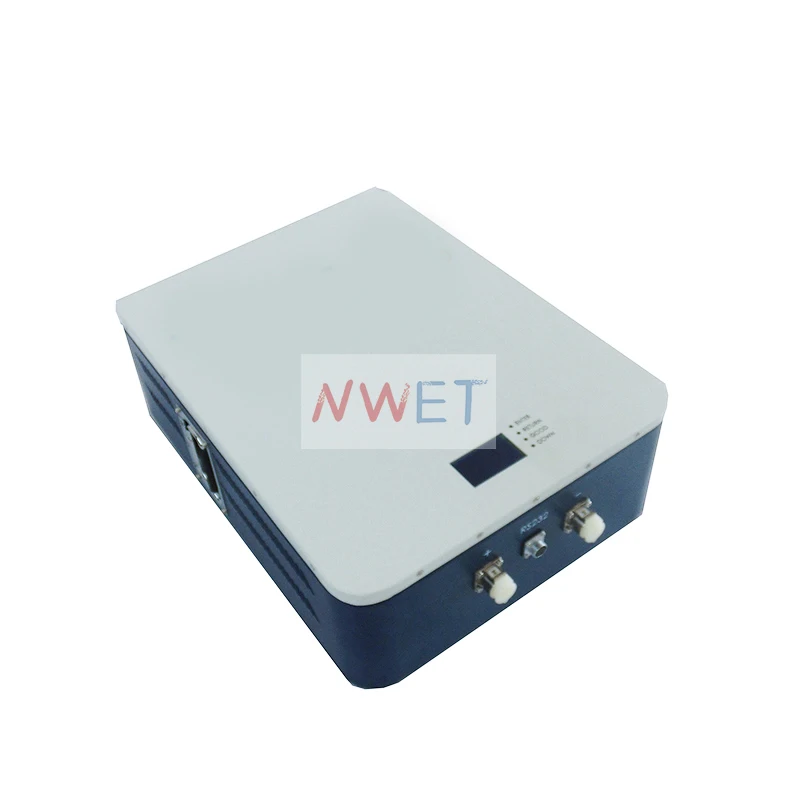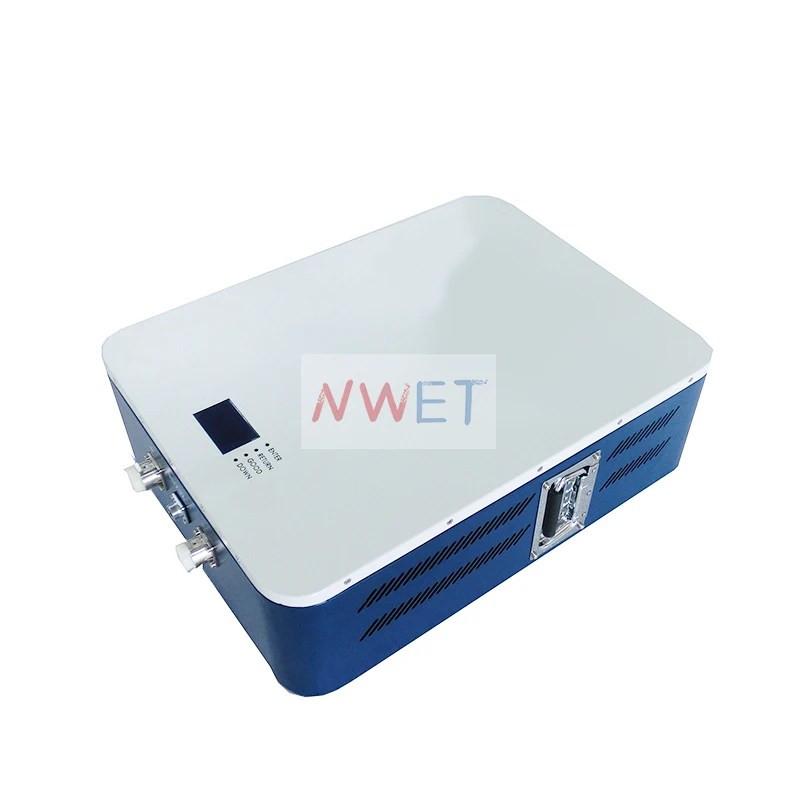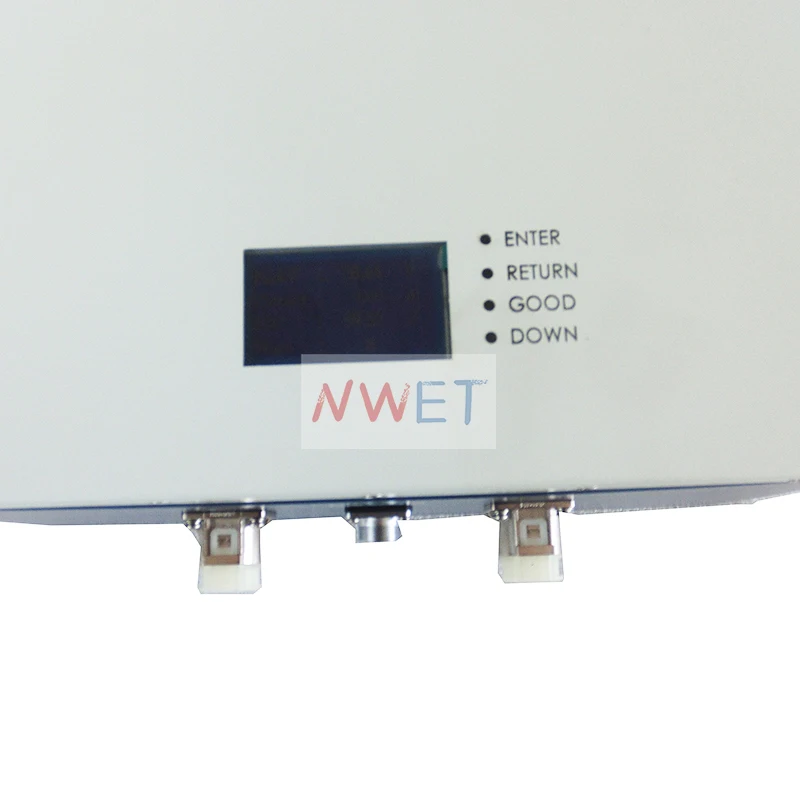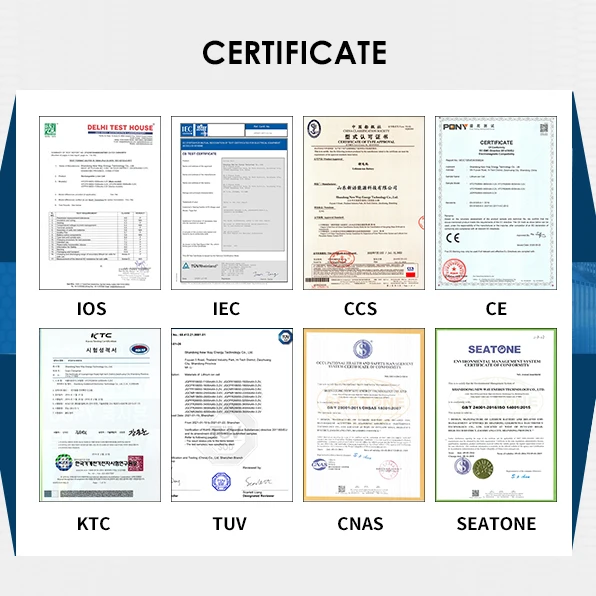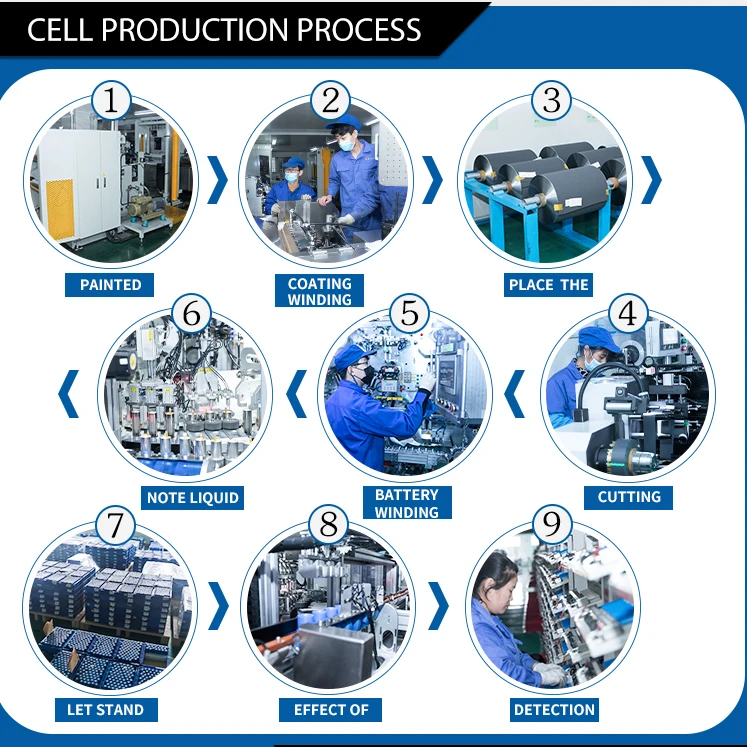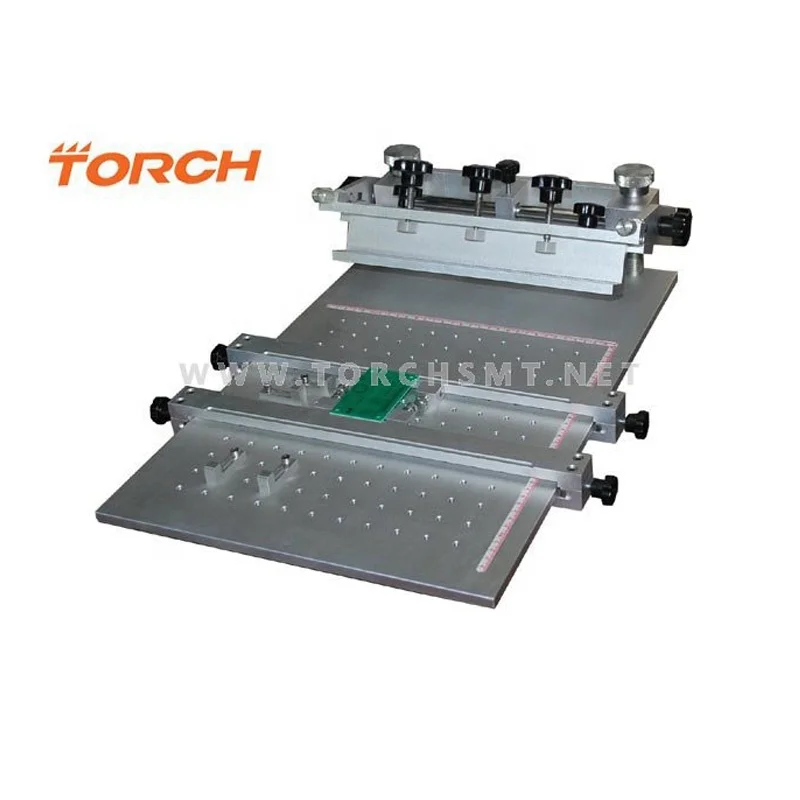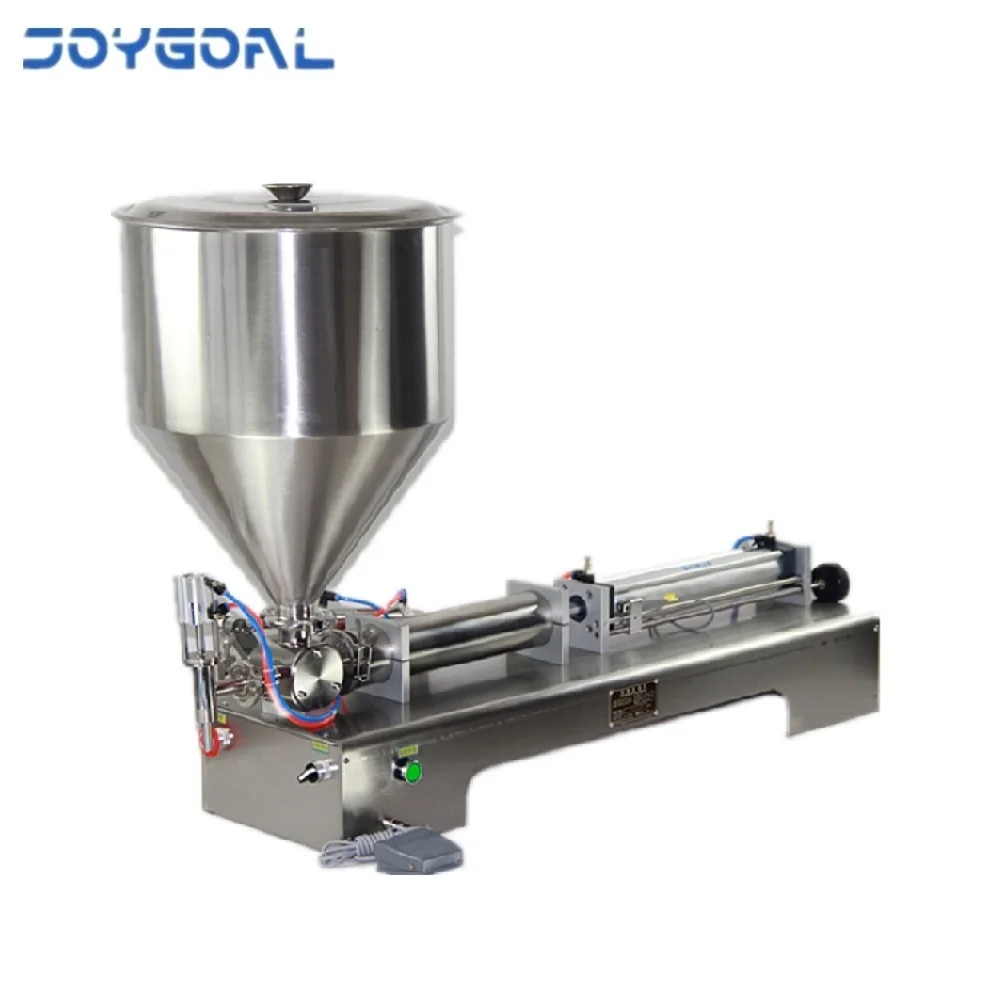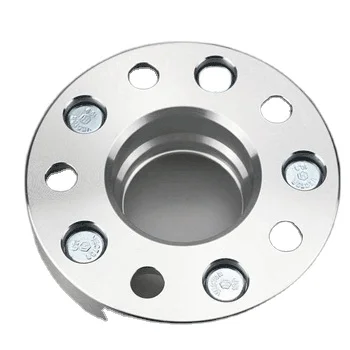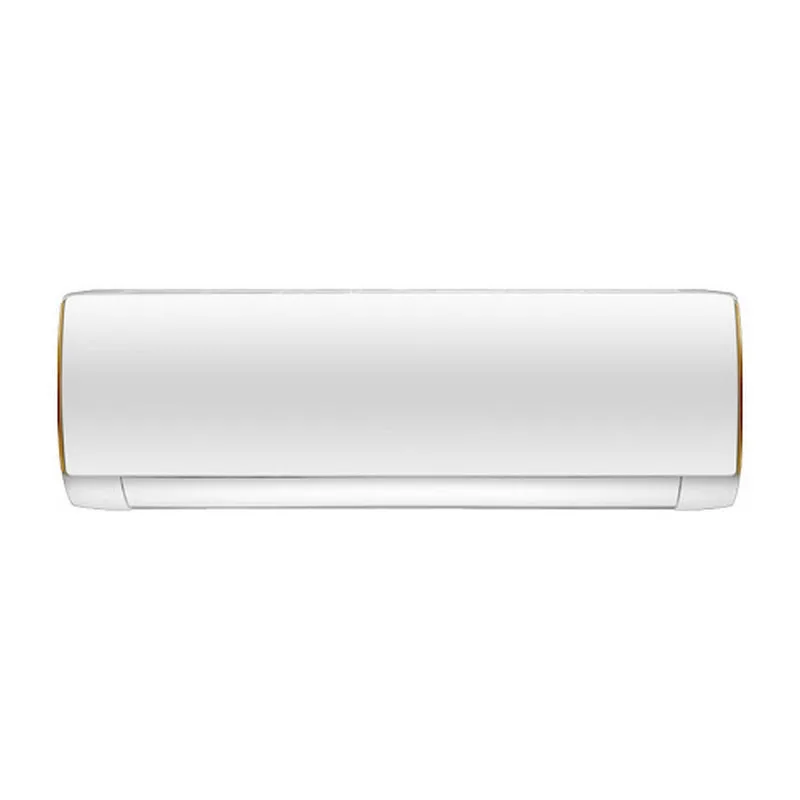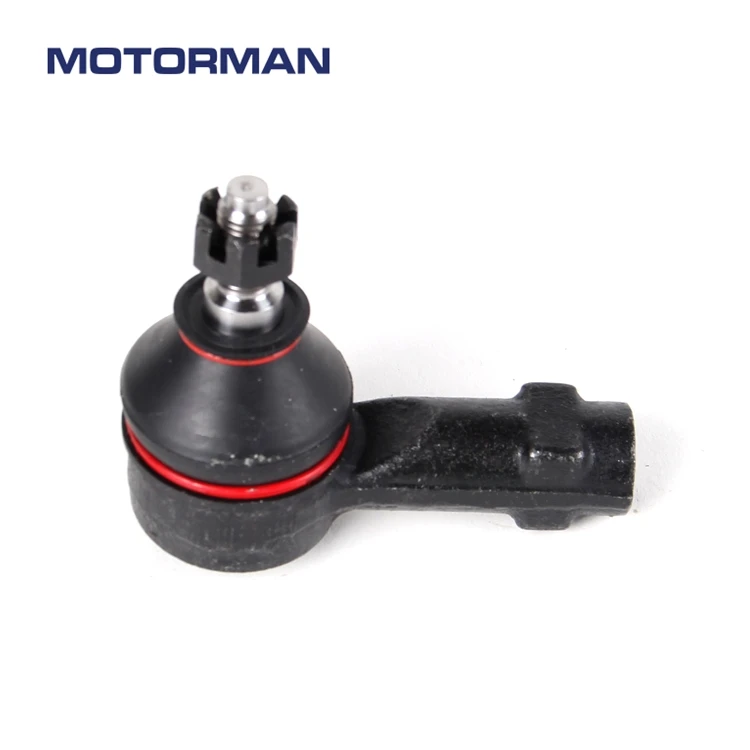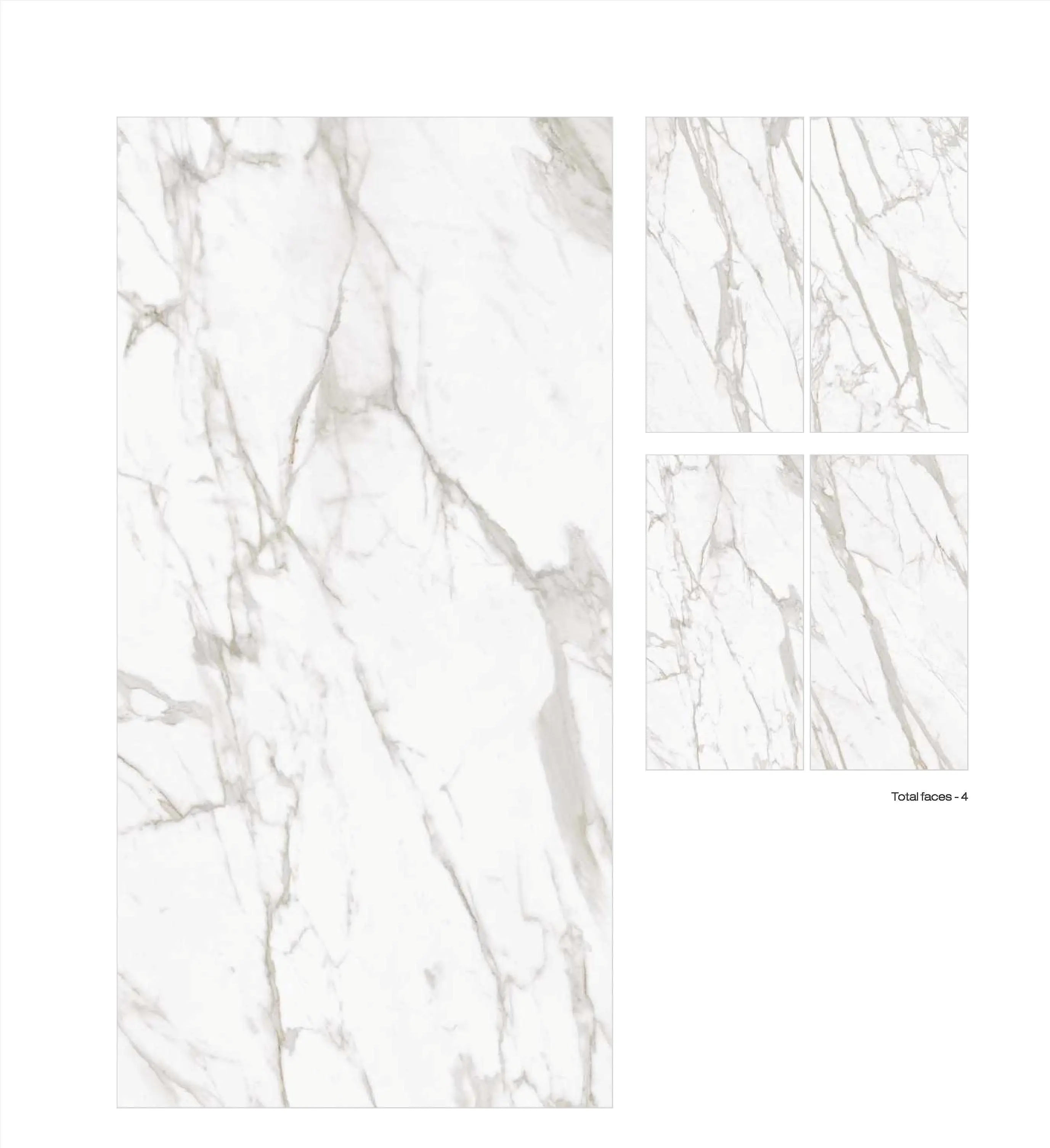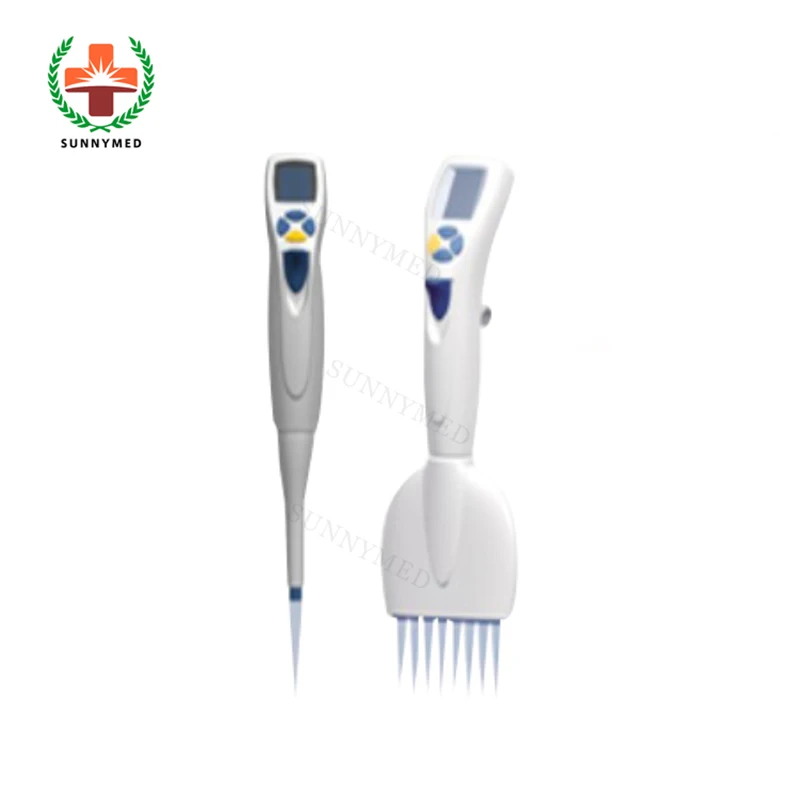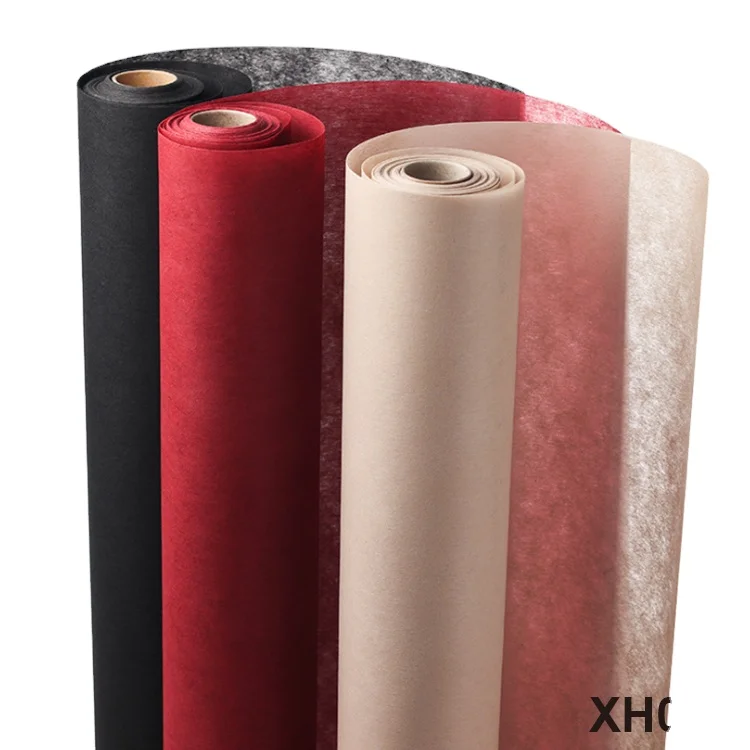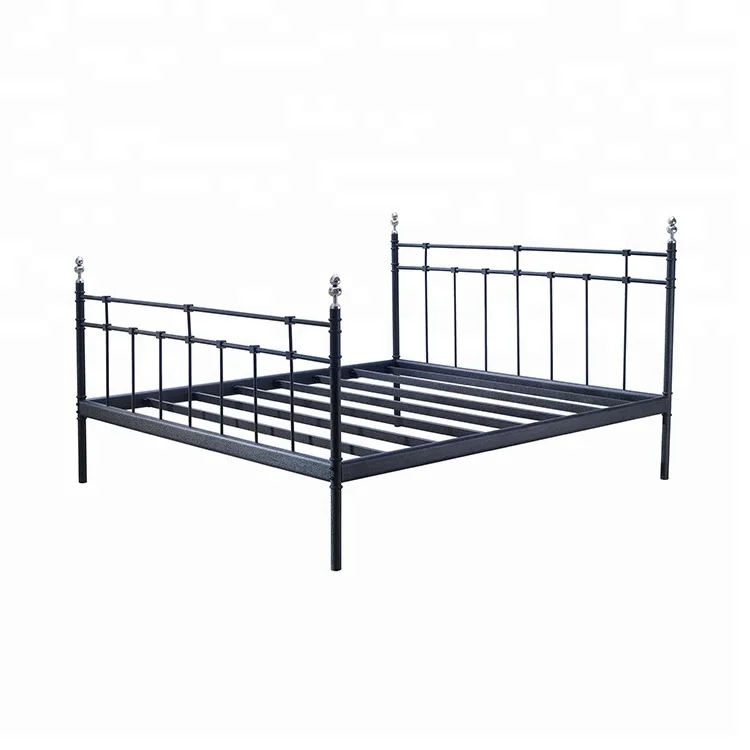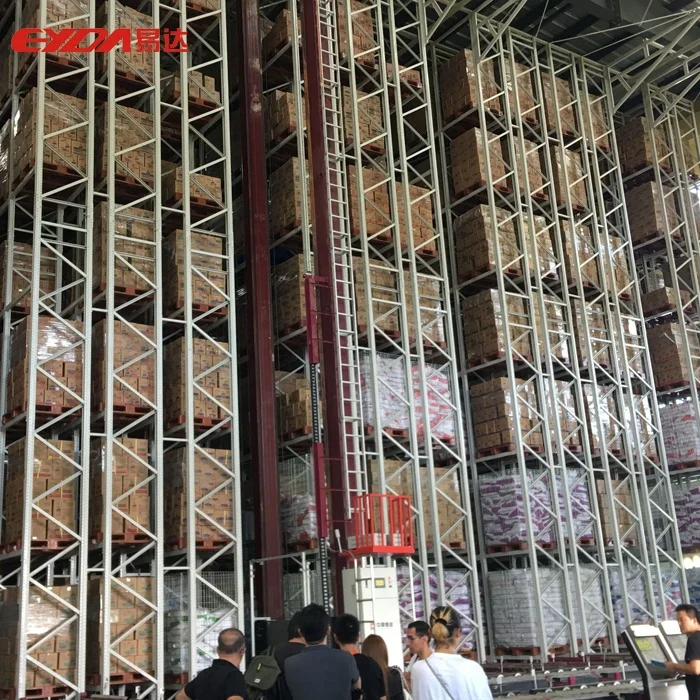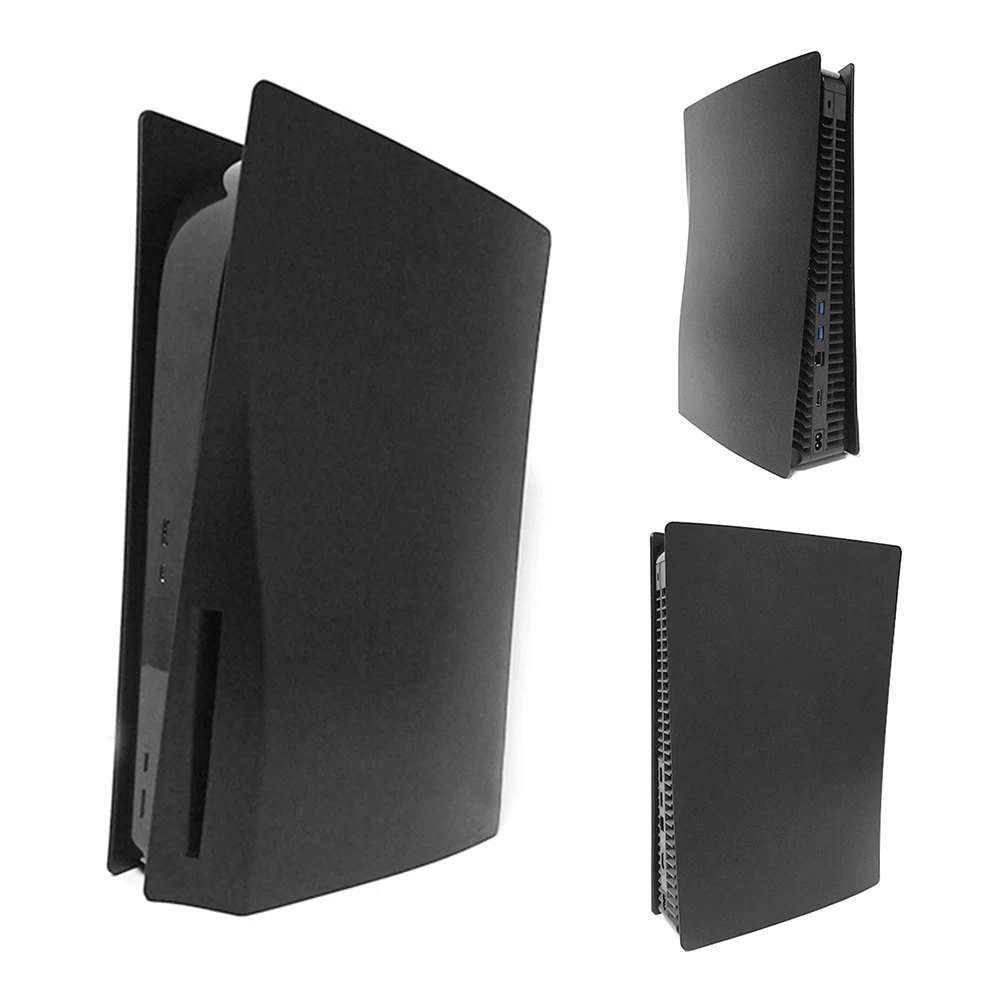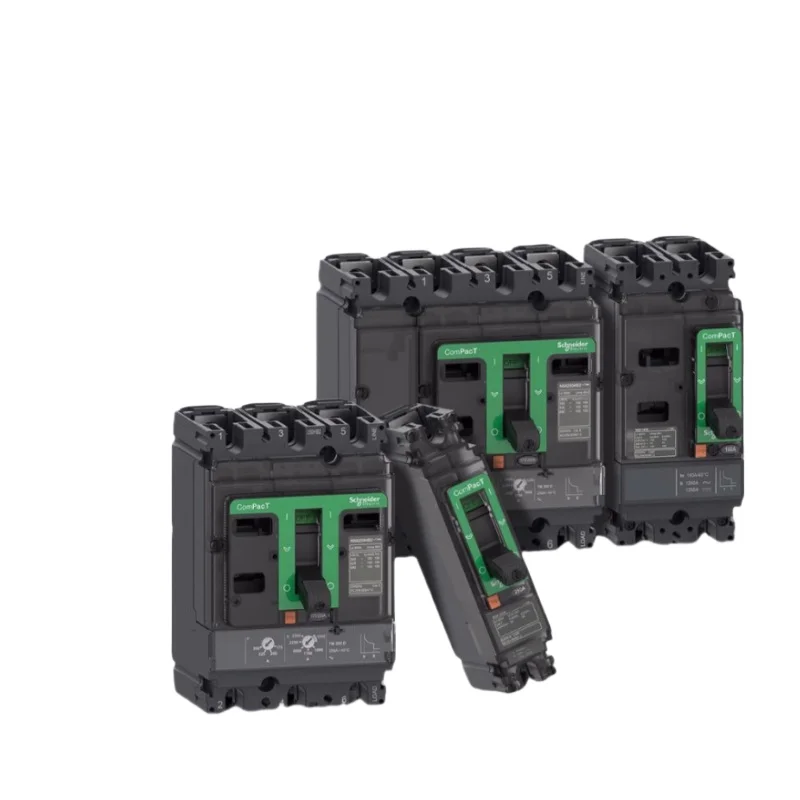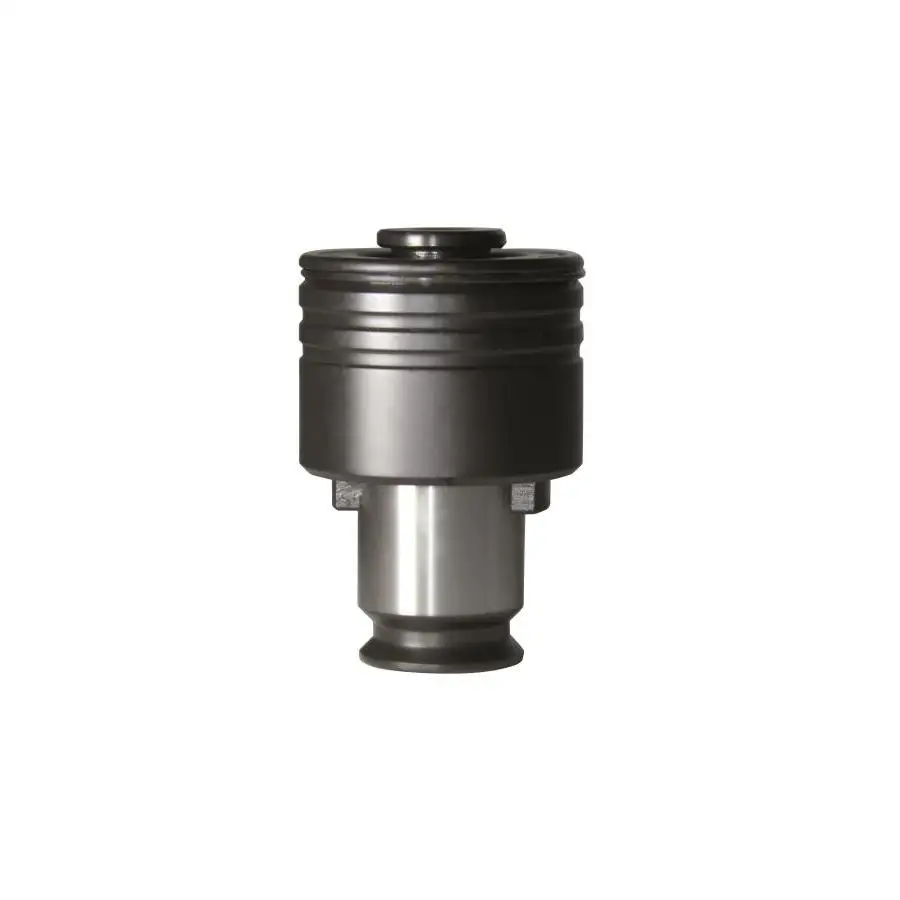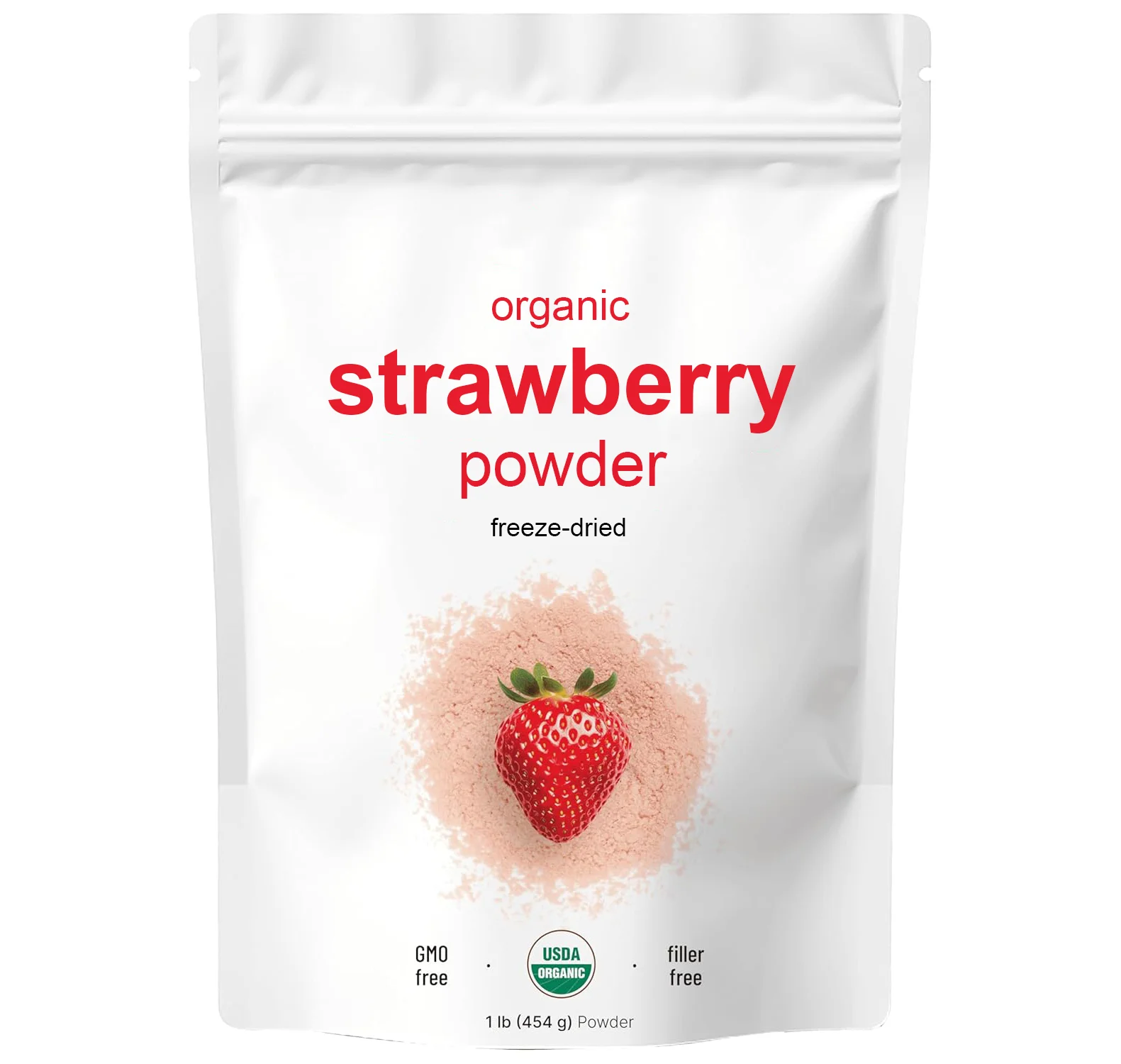Tesla Powerwall Lifepo4 48 в 100 Ач 200 ач 400 домашняя солнечная система литий ионная батарея 5 кВтч 10 20 кВт
- Категория: >>>
- Поставщик: Shandong New Way Energy Technology Co. Ltd.
Сохранить в закладки 1600341576875:
Описание и отзывы
Характеристики
Product Description

product features
1. Long cycle life, high reliability
2. Small size, light weight, high energy density, environmental protection
3. Wide operating temperature range, excellent high and low temperature performance
4. High efficiency, stable power supply, high power output
5. Ultra-low power consumption and long continuous power supply
6. Simple and flexible assembly
7. Long cycle life, longer cycle life than other batteries, and higher comprehensive value
8. The battery has good performance, supports rate discharge, and supports fast charging
9. Smaller size, higher performance and higher density than other batteries
10. Green environmental protection products, do not contain any heavy metals and rare metals, non-toxic, non-polluting
11. A wide range of product categories, suitable for use in any industry, can meet most of the requirements
2. Small size, light weight, high energy density, environmental protection
3. Wide operating temperature range, excellent high and low temperature performance
4. High efficiency, stable power supply, high power output
5. Ultra-low power consumption and long continuous power supply
6. Simple and flexible assembly
7. Long cycle life, longer cycle life than other batteries, and higher comprehensive value
8. The battery has good performance, supports rate discharge, and supports fast charging
9. Smaller size, higher performance and higher density than other batteries
10. Green environmental protection products, do not contain any heavy metals and rare metals, non-toxic, non-polluting
11. A wide range of product categories, suitable for use in any industry, can meet most of the requirements
Products Specifications
Specifications | Units | 48V100Ah |
Nominal capacity | Ah | 100 |
standard | V | 48 |
Energy | Kwh | 4.8 |
Operating voltage range | V | 48±0.05 |
Rated discharge current | A | 10 |
Peak discharge current | A | 10 |
Rated charging current | A | 60 |
Peak charging current | A | 60 |
Operating temperature | ℃ | Charging: 0℃~55℃ Discharge: -20℃~55℃ |
Storage temperature | ℃ | -20℃~55℃ |
Cycle times | 100% Cycle | 2000+ |
Battery size | mm | 680*495*185 |
Cathode material | Lithium Iron Phosphate | |
Battery weight | Kg | 45kg |
Energy Density | Wh/kg | 105+ |
DC internal resistance | mΩ | 480 |
Warranty | Year | 2 |
Product Paramenters
Project | Testing process | Standard |
Room temperature discharge capacity (Initial capacity) | 1. Test temperature: 25±2℃. 2. Fully charge the battery according to 3.15. 3. Discharge the battery to 2.5V at a current of 1I1 (A) and record the discharge capacity (Ah). | Discharge capacity ≥100%*rated capacity |
Room temperature rate charging | 1. Test temperature: 25±2℃. 2. Discharge the battery to 2.5V at 1I1(A) and let it stand 1h. 3.Charge the battery with a current of 2I1(A) to 3.65V, the total charging time does not exceed 30min, and let it stand for 1h. 4. Discharge the battery to 2.5V with 1I1(A) current and record Recording discharge capacity (Ah). | Discharge capacity ≥ 85%*initial capacity |
Room temperature rate discharge | 1. Test temperature: 25±2℃. 2. Fully charge the battery according to 3.15. 3. Discharge the battery to 2.5V at a current of 2I1 (A) and record the discharge capacity (Ah). | Discharge capacity≥90%*initial capacity |
High temperature discharge | 1. Fully charge the battery according to 3.15 2. Leave the battery at 55±2℃ for 5h. 3. Discharge the battery to 2.5V at a current of 1I1(A) at 55±2℃ and record the discharge capacity (Ah). 4. Put the battery at 25±5℃ for 12h and check the battery Appearance. | No deformation, expansion or other abnormal conditions; discharge capacity ≥90%*initial capacity |
Low temperature discharge | 1. Fully charge the battery according to 3.15 2. Leave the battery at -20±2℃ for 24h. 3. Discharge the battery to 2.5V at a current of 1I1(A) at -20±2℃ and record the discharge capacity (Ah). 4. Put the battery at 25±5℃ for 12h and check the battery Appearance. | No deformation, expansion or other abnormal conditions; discharge capacity ≥70%*initial capacity |
Cycle life | 1. Test temperature: 25±2℃. 2. Use constant current and then constant voltage to charge. The constant current is 0.5I1(A) and the constant voltage is 3.65V. During the constant voltage process, the charging can be terminated until the current drops to 0.05I1(A). Leave it for 30 minutes. 3. Discharge the battery to 2.5V with a current of 0.5I1(A) and let it stand for 30min. 4. Repeat steps 2) and 3) until the battery capacity is less than 70% of the initial capacity, and record the number of cycles. | Cycle life≥2000 times |
Room temperature storage and recovery | 1. Test temperature: 25±2℃. 2. Fully charge the battery according to 3.15. 3.Store the battery at room temperature for 28 days. 4. Discharge the battery to 2.5V at a current of 1I1 (A), and record the remaining capacity (Ah). 5. Fully charge the battery according to 3.15. 6. Discharge the battery to 2.5V at a current of 1I1 (A), and record the recovery capacity (Ah). | No deformation, expansion or other abnormal conditions; Remaining capacity≥92%*initial capacity; recovery capacity≥94%*initial capacity |
High temperature storage and recovery | 1. Fully charge the battery according to 3.15. 2. Store the battery at 55±2℃ for 7 days. 3. Take out the battery and let it stand at 25±2℃ for 5h, discharge the battery to 2.5V with 1I1(A) current, and record the remaining capacity (Ah). 4. Fully charge the battery according to 3.15. 5. Discharge the battery to 2.5V at a current of 1I1 (A), and record the recovery capacity (Ah). | No deformation, expansion or other abnormal conditions; Remaining capacity≥92%*initial capacity; recovery capacity≥94%*initial capacity |
safety performance
Specifications | Testing process | standard |
vibration | 1. Fully charge the battery according to 3.15. 2. Fix the battery on the vibration test bench, and perform the linear sweep frequency vibration test under the following conditions: --- Discharge current: 1/3 I1(A) --- Vibration direction: up and down single vibration --- Vibration frequency: 10~55Hz --- Maximum acceleration: 30m/s2 --- Scanning cycle: 10 times --- Vibration time: 3h 3. Observe the battery phenomenon during the test. | No current fluctuations, abnormal voltage; No deformation, leakage or other abnormalities; |
Low pressure | 1. Test temperature: 25±2℃. 2. Fully charge the battery according to 3.15. 3. Put the battery into the low-pressure box and keep the air pressure at 11.6kPa, stand for 6h. 4. Observe the battery for 1h. | No fire, explosion or leakage |
Overcharge | 1. Test temperature: 25±2℃. 2. Fully charge the battery according to 3.15. 3.Charge the battery with 1I1(A) current for 1h or the voltage reaches 5.5V. 4. Observe the battery for 1h. | No fire or explosion |
Over-discharge | 1. Test temperature: 25±2℃. 2. Fully charge the battery according to 3.15. 3. Discharge the battery at a current of 1I1(A) for 90 minutes. 4. Observe the battery for 1h. | No fire, explosion or leakage |
Short circuit | 1. Test temperature: 25±2℃. 2. Fully charge the battery according to 3.15. 3. Short-circuit the battery externally for 10 minutes, the resistance of the external circuit ≤5mΩ. 4. Observe the battery for 1h. | No fire or explosion |
Company Profile
Contact US

Похожие товары
JOYGOAL поршневой наполнитель хорошего качества для медицинского использования
Лучшая Скидка, кованый фланец, круговой шарнирный фланец
GMV5 VRF системы VRV кондиционер 50/60Hz 5.6Kw-9.5kw Сплит настенное крепление для внутренней установки центральная система кондиционирования
Автозапчасти OEM 56820-21100, запчасти для рулевой системы, наконечник рулевой тяги для Hyundai EXCEL II
Керамическая настенная плитка для ванной, кухонная настенная плитка, фарфоровая напольная плитка, экспортер из Индии
SY-B110 Сделано в Китае высокое качество Электронные пипетки машина
Новинка 2021, оберточная бумага для букета из нетканого материала, Корейская хлопковая бумага
2,08 $ - 2,48 $
Новые поступления
Новинки товаров от производителей по оптовым ценам
Светлая Золотая морская солнечная энергия ландшафтное украшение постмодерн минималистский стиль чистая ручная роспись маслом 24x3 1 дюйм/60x80
35-53 $
Европейские антикварные простой Последние двойной металлической кровати
Автоматизированная складская система автоматического хранения в Гуанчжоу Eyda с эффективными стеллажами и
10 000-35 000 $
Декоративный чехол для PS5 Сменный Чехол консоли пластины Playstation5 пылезащитный с защитой от царапин
7,50-7,70 $
Лучшее качество детские подгузники для сухих подгузников новорожденных размер 2 4 и большие доставка или
3 $
Выключатель для формованного корпуса Schneider NSX100N 50KA AC 3P3D 25A TMD новая модель C10N3TM025
Буф2-.. М .. Краны
Оптовая продажа высококачественный сублимированный клубничный порошок Заводская поставка
5,50-6,40 $
